10 Creative Ways to Wash Laundry with No Electricity
Laundry is a chore that we all have to tackle, but what do you do when the power is out or you simply don’t have access to electricity? Don’t worry, there are plenty of creative ways to wash your laundry without relying on electric appliances. Today, I want to talk about creative ways to wash laundry with no electricity.
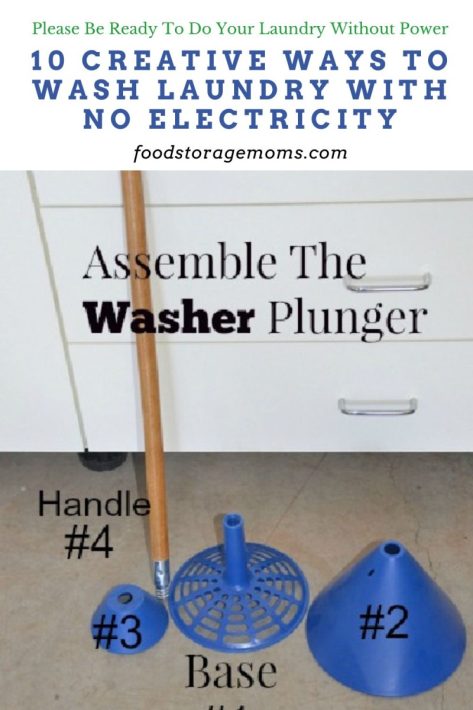
1. Handwashing
The most straightforward method is to wash your clothes by hand using a little elbow grease and muscle. All you need is a bucket, bathtub, washtub, or basin filled with water and some laundry soap. Simply agitate the clothes in the soapy water, scrubbing any stains or dirt with your hands or a brush. Using rinse water, rinse them thoroughly and hang them up to dry on a clothes line. It may take more effort, but handwashing can be surprisingly effective. Handwashing is a creative yet simple way to wash laundry without electricity. 20 Laundry Tips to Make Your Life Easier
It certainly helps to have hot water with all these clothes-washing options. Cold water will work, but maybe not as efficiently. You may want to do more small loads and separate your delicates from other garment types to help protect them. It also may help to group like items together when doing each load of laundry. Do shirts with socks since they are usually colored, and do the whites separately. With zippers in pants, you want to wash them alone so the zippers don’t catch on other items.
I want to share the YouTube Food Storage Moms did a couple of years ago showing how to use the system shown in the picture above. Remember, it now has two buckets as wash tubs instead of one, but you’ll get the idea. Mobile Plunger
2. Plunger Washer
If you’re looking for a little more efficiency, consider using a plunger washer. This simple device consists of a large bucket, water, soap, and a plunger. Place your clothes in the bucket, add water and soap, then use the plunger to agitate the clothes. Rinse well and hang to dry. 9 New Ways for Using Laundry Baskets and with the plunger: Learn How To Wash Clothes During An Emergency
3. Scrubba Wash Bag
The Scrubba Wash Bag is a portable and convenient solution for washing clothes without electricity. It is essentially a waterproof bag with built-in nodules that act as a washboard. Simply add water, soap, and your clothes to the bag, seal it, and then rub the clothes against the nodules to remove dirt. Rinse and hang dry. The Scrubba Wash Bag is perfect for camping or traveling. Camping Tips for Survival
4. Washing Board
A washing board is a classic tool for doing laundry by hand. It consists of a flat board with ridges or grooves that help to agitate the clothes and lift away dirt. Fill a basin or sink with water, add soap, and scrub the clothes against the ridges of the washing board. Rinse thoroughly and hang to dry. DIY Laundry Detergent
5. River Washing
If you have access to a river or stream, take advantage of nature’s power to help you wash your clothes. Find a shallow spot in the water and use rocks or a washing board to scrub the clothes against. The flowing water will help rinse away dirt and detergent. Be sure to select an area of the river that is safe and clean. How to Use Rain Water at Home
6. Bicycle-Powered Washer
For the mechanically inclined, a bicycle-powered washer can be an innovative solution. This DIY contraption uses pedal power to spin a drum, agitating the clothes and simulating the action of a washing machine. Most people attach a drum to the rear wheel of a bicycle, and using a belt drive system, you can convert pedal power into clean clothes.
How To Have Clean Clothes Anywhere In The World. My new favorite washer is the: Lavario (I’m sorry they’re out of stock right now, please sign up for their newsletter to be notified when they come back in stock)
7. Solar-Powered Washing Machine
Harness the power of the sun with a solar-powered washing machine. These devices use solar energy to heat the water and provide the agitation needed for cleaning. They are environmentally friendly and require no electricity. Simply load your clothes, add water and soap, and let the sun do the rest. How To Use Solar To Boost Your Survival
8. Manual Wringer Washer
A manual wringer washer is a traditional washing method that uses a hand-crank wringer to remove excess water from clothes after washing. It can be used in conjunction with hand washing or other methods. After washing the clothes, run them through the wringer to squeeze out the water, making the drying process faster and more efficient. Mark’s mother did her laundry this way for years on a Monday laundry day. I feel as though this is a creative way to wash laundry with no electricity. How to Keep Towels Soft When Line-Drying
9. Detergent-Free Washing
If you find yourself without laundry detergent, don’t fret. There are natural alternatives that can keep your clothes clean. Vinegar, baking soda, and lemon juice effectively remove odors and stains. Experiment with these ingredients and find the combination that works best for you. How To Have Clean Laundry When The Power Is Off
10. Community Laundromat
If all else fails, consider visiting a community laundromat or washeteria. These facilities typically have commercial-grade washing machines and dryers that operate without the need for individual home-based electricity. While it may require a trip outside your home, it can be a practical solution when you don’t have access to power at your home. How To Make Emergency Washing Machines
Wooden Drying Rack
I have a clothesline but I also have two of these wooden drying racks. Large Drying Racks
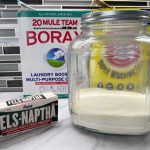
- 1 bar Fels-Naptha Soap-grated either by hand, food processor, or salad shooter
- 1 cup Borax Detergent Booster
- 1 cup Arm and Hammer Super Washing Soda (not regular baking soda)
-
Grate the bar of soap by hand, or use an electric vegetable grater. Put these 3 ingredients in a blender to blend. After doing this, it will look just like the store-purchased detergent, but will not include all the “fillers." You will use less product per load and will have fewer “soap bubbles." Remember, just having bubbles doesn’t mean clean. I use 1/2 to 1 teaspoon per load, depending on the size of the load. I have a HE-High Efficiency washer, and it works great in regular washing machines as well. Store the finished product in an airtight container, preferably glass to keep it dry. I store some in 5-gallon buckets, but I don't live where it's humid. Just giving you the heads up.
Final Word
Washing laundry without electricity is not only possible but can also be an opportunity to explore other options. From handwashing and plunger washers to solar-powered machines and detergent-free options, there are numerous ways to keep your clothes clean and fresh. If you have other ways to do your laundry without electricity, let me know and I’ll share your ideas. I hope you’re able to check out these creative ways to wash laundry with no electricity. May God Bless this World, Linda

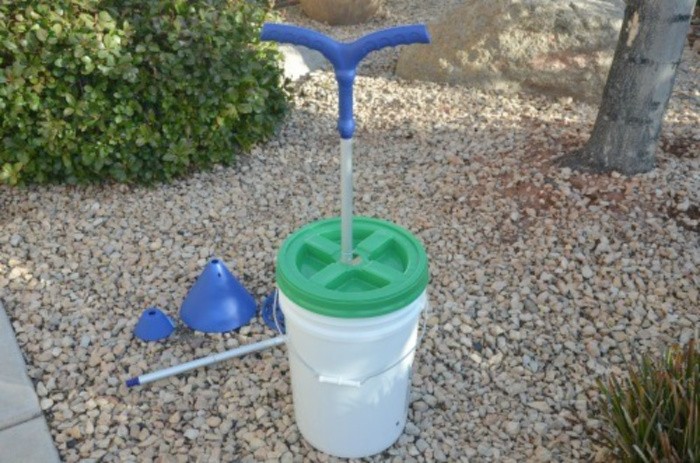

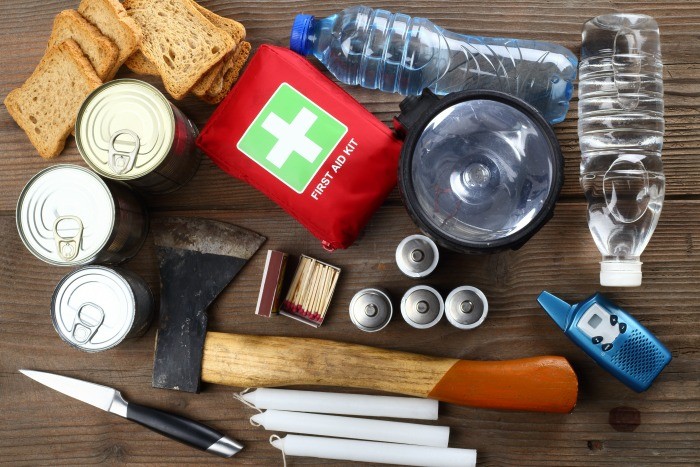

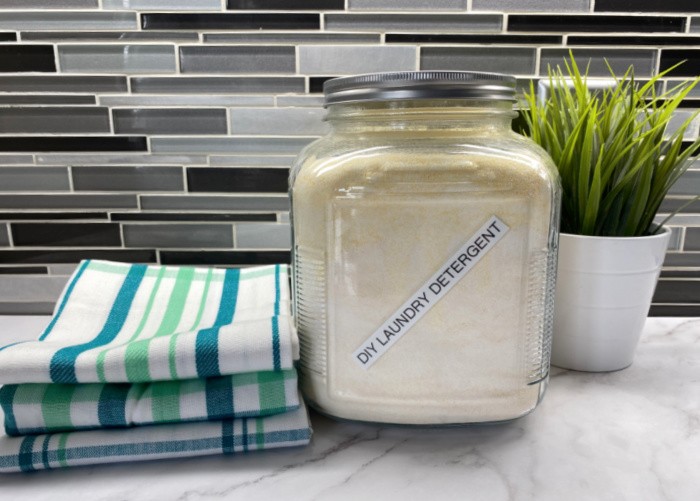

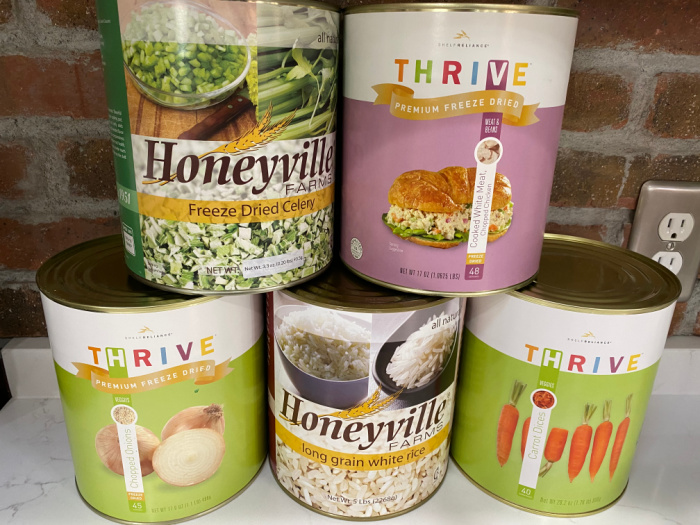
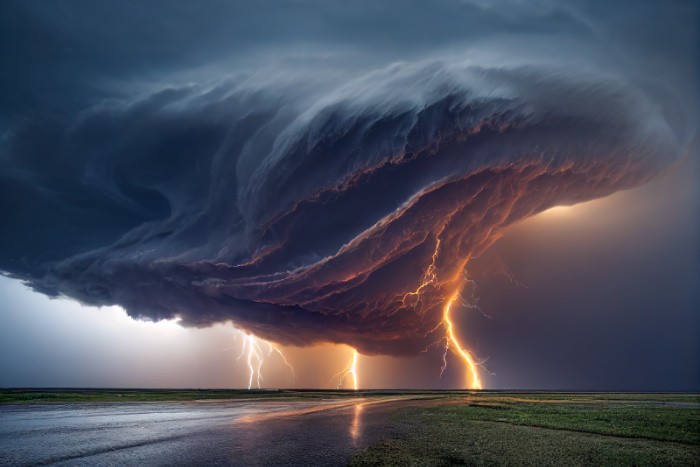







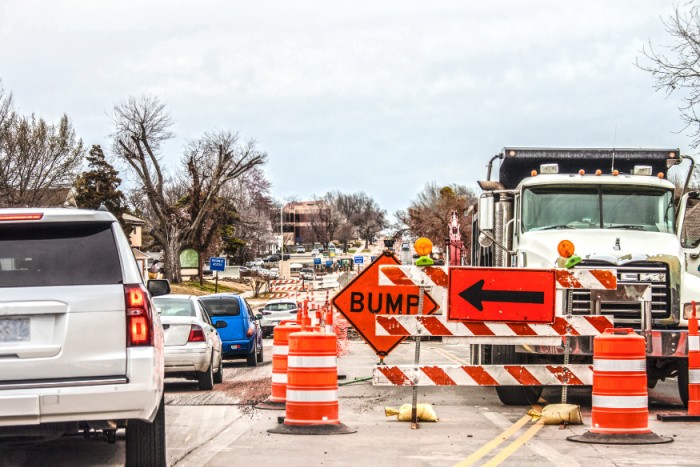
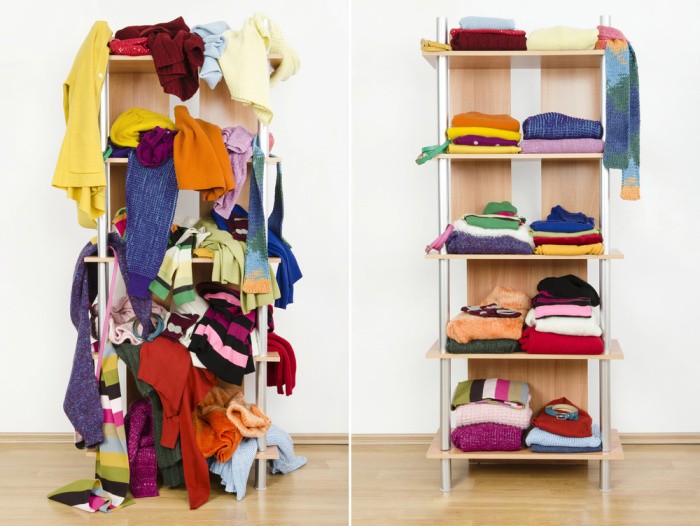
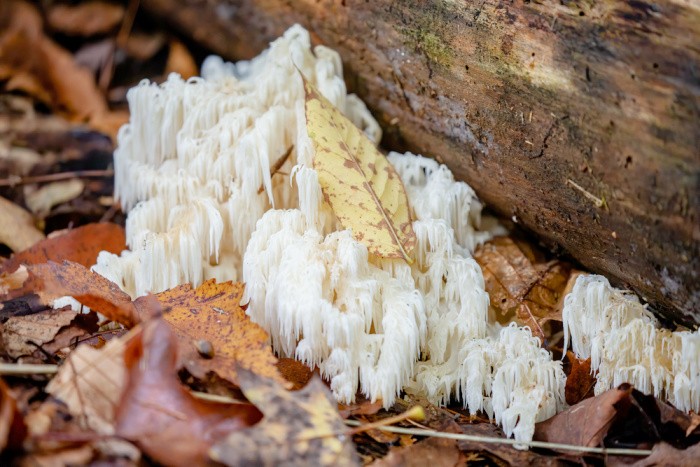
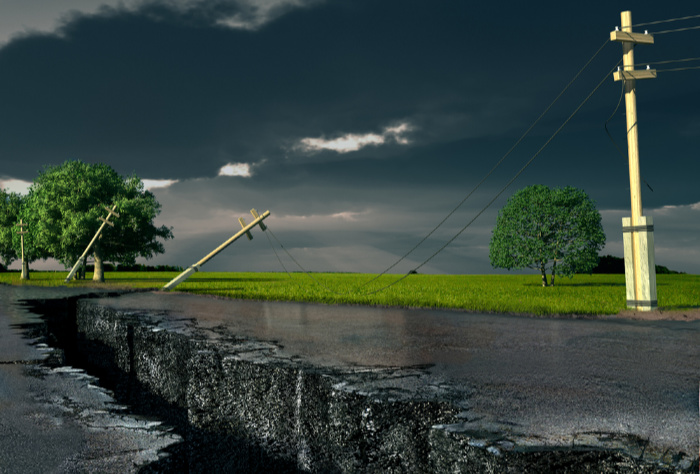



I remember as a kid watching our neighbor put her wet clothes through the wringer to get the water out. My mom had a washing machine but we hung our clothes to dry on the line, as did everyone else in our neighborhood. I still think the smell of clothes dried in the sun smell so much better.
Hi Paula, we all grew up with clotheslines (depending on how old we are), I can’t remember what year the “dryer” became a thing. I love the smell of clothes dried outside as well. Linda
Oh my word! Number 5 – river washing! Back in the early 70’s I spent a summer in a cabin with no water but near a river. One day I thought, “Why waste the time (and money) driving 20 miles to a laundromat when I can just use the river!” Brilliant!
So, to the river I went. That river was rushing!! And it rushed half of my laundry away!! 🙂 Needless to say I didn’t do my laundry in the river ever again!
Hi Beth, oh my gosh, this comment is the best one ever! I have the giggles picturing the laundry going down the river. Funny, not funny. Thank you for sharing!!!! Linda
I still maintain my clothesline. I use it on sleeping bags and hunting gear. The sparrows and a bluebird nest in it every year too
Hi Matt, I think everyone need a clothesline. The one I grew up with had “T” shaped metal pipes at opposite ends. Then some kind of wire that didn’t rust or lines of rope I can’t remember. I bet the sparrows and the bluebirds love it. Linda
That’s what I have. They make a plastic coated wire that runs through I got from Walmart
HI Matt, thank you, I couldn’t think of what the plastic coated wire was called. Linda
I’m no fan of using detergents in rivers, lakes, or streams, because the detergent is basically a pollutant. But the simple mechanical action of rubbing dirty laundry against stones or clean sand will get rid of the dirt. That’s how everyone did it before detergents were invented.
When I was backpacking I did this often and hung the clothes on tree branches to dry. Spare socks and undies could be hung on my backpack to dry while I was hiking. That scrubby bag sounds like it would have worked. I still hang sheets and other clothes on our clothesline to dry because they smell so good when sun dried. For the most part, simply hanging dirty laundry on a clothesline and beating it with a broom will get clothes clean. My mom used to do that before she got a clothes washer. In winter she’d hang the clothes on the line until they froze, then beat them with a broom or rug beater to knock the ice off. The mud, dirt, etc., came off with the ice.
Back when I was in college and didn’t have any idea what money was, I used a regular toilet plunger and the bathtub to wash clothes!! I generally hand washed undies but for jeans and shirts it was the bathtub and plunger! I have seen a technique since where you cut holes around the plunger so the water rushes through. Once the clothes were washed, I drained the tub and rinsed using the plunger again to agitate the water through the soapy clothes. Wringing them out, however, was a problem for the jeans!! So most of the time, I only washed one pair of jeans and a couple or three shirts.
The “mobile washer” is listed at $37.98 on Amazon so that is probably a very good price for a much more efficient plunger washer!!
One thing I would like to mention is that it really takes very little detergent to get clothing clean. As some of the comments said, you can beat most actual dirt out of clothing but for things like stains you need to use some detergent. I use a laundry detergent that comes in the form of a sheet about 2″X4″. It is biodegradable if that really means anything! It IS still detergent! But for very small loads of laundry, I can cut it or tear it smaller.
I love the idea of the wash bag. In the past, I worked with an organization that sent privacy bags to young girls in poverty stricken areas of the world. Their “washing bag” was a heavy duty ziplock bag and a small bar of soap (hotel sized). The idea was that they would clean their used items in very little water by adding the water and a sliver of the soap to the bag, then put in their used items and close the bag. Using their hands to agitate the soapy water and items, they were able to clean them. Then by wringing out as much of the soapy water as possible, the items were rinsed in a small amount of water and hung to dry. This is a technique I have used when camping – works well on smaller items like socks and undies. Wouldn’t be useful at all on things like jeans though.
Hi Leanne, yes those plungers in the tub worked great when we were younger. LOL! The Lavario will do jeans, one pair but that’s good for me. Hopefully they will get back in stock. They do sheets really well too! Those wash bags are great they would have been a great addition for the privacy bags for young girls in poverty stricken areas. I love your comment, Linda
We purchase Laundry detergent in the very large bottles at BJs. When it is down to almost nothing, we refill the bottle with water. If we have to, we can wash clothes by hand with the water that already has soap in it. The water then can still be reused to clean shoes and boots, or to flush toilets. My Grandmother said “Waste not, want not.”
Hi Chris, oh, I wish we had a BJs here! This is an excellent idea about the large bottles of laundry detergent! You’re Grandmother was right on, my friend! Linda